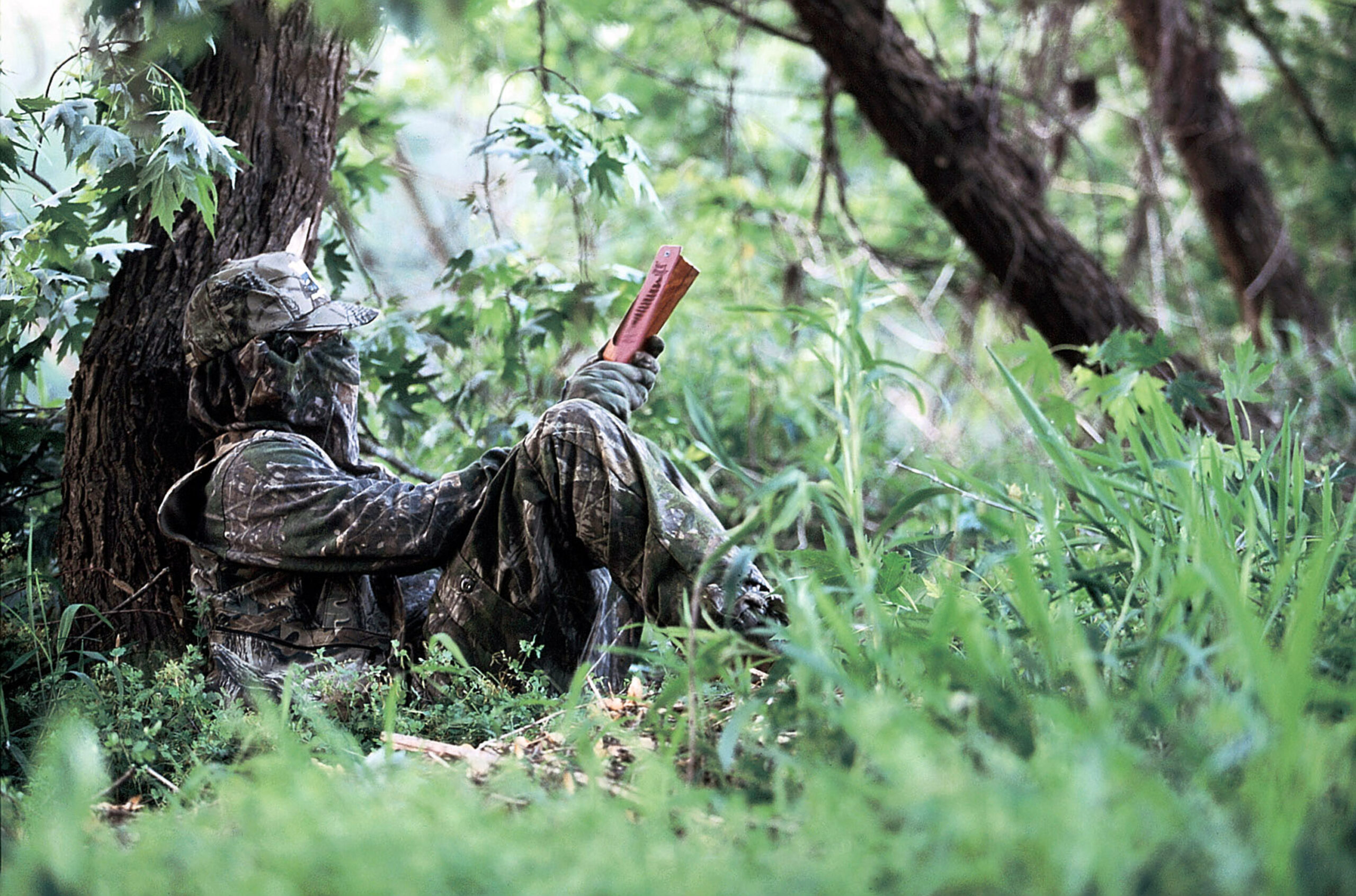
Aroostook’s wild turkey season got underway with youth day on April 29, with six inches of fresh, wet snow and 20-mph wind gusts. Birds were shot and memories were made.
Thankfully, conditions have improved. Tom turkey remain in full mating mode during the second half of the season, so circumstances are prime to bag and tag a turkey.
Most Crown of Maine hunters are already equipped with camouflage clothing, a shotgun and shells, so to become a rookie turkey hunter you just need to purchase a couple of decoys and a call of some sort for basic gear. However, from personal experience and conversations with other gobbler gunners, some other items will improve comfort and success.
Most shotguns manufactured in the last 25 years have screw-in interchangeable choke tubes to offer the best pellet pattern for different game bird species at varied distances. Most only go up to a full choke, for the tightest pattern at the longest range, say 40 to 45 yards. Dozens of companies produce an after-market turkey choke that produces even denser pattern and at least 10 more yards of distance.
I use an extended, extra-full choke called The Undertaker with great result. There are chokes built to fit most shotgun brands, ranging from $20 to $75, and worth every penny.
Although any shot shell with lead pellets will kill a turkey at medium range, it’s important to match a top-rate brand and type shell to your new tight-pattern choke tube. Use at least a 3-inch shell and even a 3 1/2, 12- or 10-gauge shell for more pellets, range and knockdown power. Copper-coated lead, nickel, tungsten, bismuth and Hevi-Shot are all options that offer heavier pellets, denser patterns and more distance. Most are 10 shells per box and far more pricy than lead, but after two or three shots at a pattern board it should only take one shell for a dependable head and neck shot.

Despite snow and cold winds, Trey Brewer bagged a beauty of a tom turkey on youth day, April 29. The gobbler weighed 24.5 pounds with a 9-inch beard and 3/4-inch spurs. (Courtesy of Bill Graves)
One of the most useful items a turkey hunter can own is a camouflage, multi-pocket vest, and I mean lots of various size pockets. There has to be room for diaphragm mouth calls, a slate call and striker, a box call and an owl or crow call. Choke tubes and wrench, a headlamp, a knife and a handyman tool are a few other necessities.
My favorite turkey vest is a famous-maker model with a big game pocket in back that I use to carry a lightweight rain suit and a length of camouflage blind cloth, and it also features an attached, drop-down padded, waterproof cushion to sit on. Some vests also offer reversible patches on front and back that go from camo to hunter orange. Lots of pockets allows separation of essential gear, so there is no rattling and less likelihood of forgotten gadgets.
Comfort and camo are all-important aspects of success, and for long, motionless sitting on hard, rocky, uneven ground that’s often wet, cold and strewn with brush stubs, get yourself a Hunt Comfort seat cushion. There are over a dozen shapes, sizes and styles, and they are the best, most durable and comfortable cushion I’ve ever owned. In the woods, ice fishing hut, boat or tree stand, these soft seats take the misery out of long waits on hard surfaces.
After flying down from the roost tree and hearing a hunter’s call, a big tom will usually answer then wander closer to investigate. Sometimes when he comes out of brush and spots the decoys, he’ll come running right into shotgun range. More often however, gobblers are wary and approach slowly, and may take 10 or 15 minutes to reach the decoys. Occasionally they stand or circle just out of shooting range for long periods. It’s difficult to shoulder a shotgun or draw a bow and hold it steady for 5 minutes, let alone 15, and you can’t be raising and lowering the weapon for fear of scaring the keen-eyed turkey.
This is where a lightweight, collapsible monopod, bipod or tripod is a hunt saver. Once settled into a blind or field-edge brush, just extend and lock the gun support at the perfect height for a clear sight picture. When a turkey comes into view at a distance, lift and set the gun or crossbow fore-end into the non-slip notch allowing the support pole to hold and balance all the weight for as long as needed.
My last gear recommendation is aimed more toward confirmed turkey hunters with some experience and a lot of hunts in the future. A portable pop-up blind is a wonderful asset, but a tad expensive ranging from $100 to $350, depending on size and quality. These traveling hunting huts keep insects and rain out, hide most motion, help contain most human scent and allow the use of rotating chairs and stools for comfort and multi-directional shooting from side windows.
Don’t miss out on this challenging quarry and style of hunting. Some of the spring season still remains, and there will be another opportunity in the fall. Pick up some of the extra gear and gadgets I’ve mentioned to go with the basic equipment and your odds of success and enjoyment will rise.







